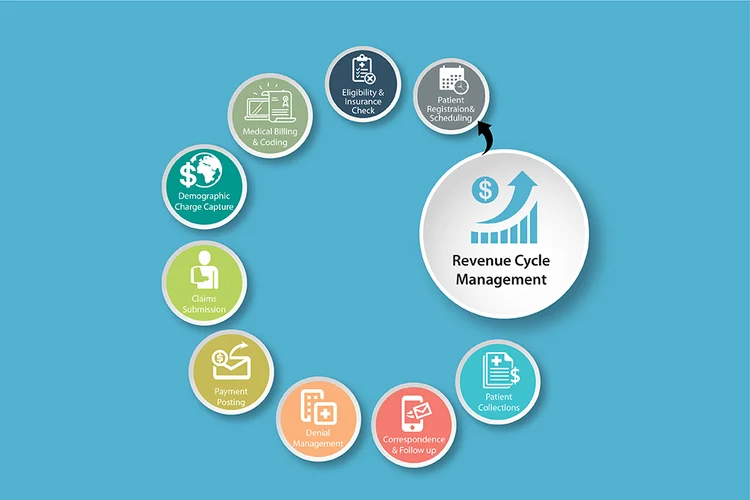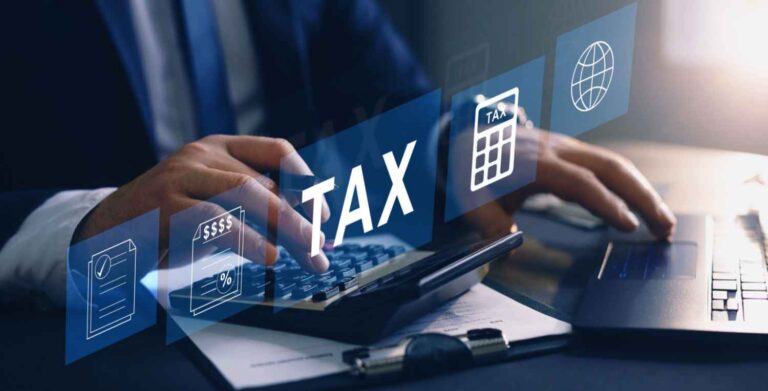
The end of the financial year (EOFY) often gets treated like a compliance chore—another deadline to tick off. But what if it could be more than that? With the right approach, EOFY tax planning can double as a business strategy session—one that helps you step back, reassess, and even completely rethink how your business runs.
For small business owners, it’s a timely opportunity to zoom out, find inefficiencies, and align your goals with real numbers. Get all the year-end tax planning tips you need—because beyond minimising tax, EOFY tax planning helps maximise clarity.
EOFY Isn’t Just About the Numbers
EOFY planning is commonly misunderstood as merely a tax-saving exercise, but in reality, it provides a mirror to your business. The financial data you pull together can reveal more than profit and loss. It reveals patterns—like lagging products, underperforming services, inefficient workflows, or escalating costs.
EOFY forces a level of introspection you might otherwise avoid. And once everything’s laid bare, you’re in a better position to ask: is this the direction you really want to be heading in?
Take Stock, Then Take Charge
When preparing for year-end, you’re already gathering financial reports, reconciling accounts, and listing expenses. Why not use this same data to evaluate a broader business strategy? Look beyond the ATO checklist and use the moment to:
- Review your pricing models—do they still reflect the value you deliver and align with your current profit margins?
- Revisit customer profitability—some clients might be costing you more than they’re worth.
- Examine your fixed and variable costs for hidden inefficiencies.
Clarify Goals Through Financial Realism
One common pitfall for small businesses is setting aspirational goals without financial grounding. EOFY is the perfect point to realign your goals with what’s actually achievable. That expansion plan may not be viable right now—but another opportunity might be. With clean financials in hand, you can set clear benchmarks for growth, spot revenue gaps, and decide whether you need to pivot or press on.
Find Opportunities in Losses
Not every business year ends on a high. But EOFY is also when you can spot silver linings. Losses might signal outdated models, overspending, or poor resource allocation—but they also provide space to restructure, reprice, or reframe what success looks like. When properly analysed, year-end losses can lead to strategic changes that drive long-term growth.
Tax Planning as a Business Fitness Test
EOFY tax planning can act as a pulse check—not just on finances, but on business fundamentals. It offers both a microscope and a map, showing where you are and points to where you could be. You’re essentially asking:
- Are we as tax-efficient as possible?
- Are our cash reserves stable enough to ride out slower months?
- Are we claiming all available concessions, deductions, and offsets?
- Are our systems scalable if we grow next year?
Reset Your Cash Flow Strategy
More than just a finance issue, cash flow is the lifeblood of your operations. EOFY lets you identify and fix weak spots before they become emergencies. During your review, consider:
- Seasonal fluctuations you may have ignored
- Debtor follow-ups that are months overdue
- Over-reliance on a single customer or client
EOFY cash flow insights allow you to restructure payment terms, renegotiate supplier contracts, and build financial buffers for the year ahead.
Staff, Structure and Scaling Plans
As you run your EOFY reports, patterns may emerge around payroll, productivity, and capacity. Is your team overextended? Are contractors more cost-effective in certain roles? Is your current organisational structure limiting your capacity to scale? EOFY tax planning allows you to align staffing models with business goals, whether that means hiring, outsourcing, or investing in training.
Tech, Tools and Automation: Worth the Investment?
Many small businesses hesitate to invest in better tools or software due to cost concerns. But EOFY is when your accountant might point out those very expenses are deductible. More importantly, tech investments often pay off through time savings, fewer errors, and improved scalability. EOFY is the ideal time to assess whether outdated tools—like an old POS system or manual spreadsheets—are limiting your efficiency or scalability.
Beyond Survival: Planning for Strategic Growth
EOFY gives you the chance to move beyond survival mode. What investments are required for your next growth phase? Which markets have untapped potential? Are your margins strong enough to reinvest? EOFY isn’t just the time to tidy up your books—it’s the time to build a smarter, leaner business blueprint for the new financial year. Successful businesses don’t just close out the financial year—they launch the next one with intention.
Final Word: From Obligations to Opportunities
When used correctly, EOFY tax planning can be a moment of reinvention, especially if you seek guidance from top firms like William Buck. It’s the time to draw a line under what’s not working, double down on what is, and set a confident path forward. Sure, there are deadlines to meet—but the real value lies in the insights and clarity you gain along the way.







